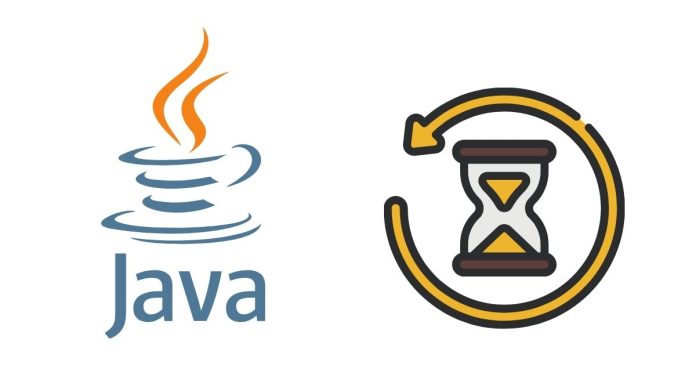Java, one of the most popular programming languages, has undergone significant transformations since its inception. Its consistent updates have ensured its relevance in the ever-evolving tech world. From app development to enterprise solutions, Java has left an indelible mark. In this blog, we’ll explore the history of Java versions, highlighting key features and advancements with each release.
The Birth of Java
Java was created in 1995 by James Gosling and his team at Sun Microsystems. Initially called Oak, it was later renamed Java. Its primary goal was to develop platform-independent software, encapsulated in the famous slogan, “Write Once, Run Anywhere” (WORA).
Java Version History
Java 1.0 (1996)
The first official release of Java laid the foundation for platform independence. Key features included:
- The ability to write applets for web browsers.
- The introduction of the Java Virtual Machine (JVM).
- Support for basic AWT (Abstract Window Toolkit).
Java 1.1 (1997)
This version introduced enhancements such as:
- Inner classes.
- JDBC (Java Database Connectivity) for database access.
- RMI (Remote Method Invocation) for distributed computing.
Java 2 (JDK 1.2, 1998)
With this version, Java entered a new era, rebranded as Java 2. Highlights included:
- Swing API for better GUI development.
- Collections Framework.
- Java Plugin for web browsers.
JDK 1.3 (2000)
This update focused on performance improvements and introduced:
- JavaSound for audio processing.
- RMI over IIOP (Internet Inter-ORB Protocol).
JDK 1.4 (2002)
One of the most stable versions of Java, it brought:
- Assertions for debugging.
- Regular Expressions.
- Java Web Start for deploying applications.
Modern Java Versions
Java 5 (2004)
Also known as J2SE 5.0, this release introduced significant features:
- Generics for type-safe collections.
- Enhanced for-loop for simpler iterations.
- Annotations for metadata handling.
- The concept of enums.
Java 6 (2006)
Focusing on performance and Web services, Java 6 included:
- Enhanced GUI performance.
- Scripting support via JavaScript.
- Improvements to JDBC 4.0.
Java 7 (2011)
Key highlights were:
- The try-with-resources statement for automatic resource management.
- Binary literals and underscores in numeric literals.
- The Fork/Join framework for parallel processing.
Java 8 (2014)
A landmark release, Java 8 introduced:
- Lambda Expressions for functional programming.
- Streams API for processing collections.
- Default and static methods in interfaces.
- New Date and Time API.
Java 9 (2017)
Major enhancements included:
- The Java Platform Module System (JPMS), also called Project Jigsaw.
- JShell, an interactive REPL for testing code snippets.
- HTTP/2 client.
Java 10 and 11 (2018)
These versions brought modern features like:
- Local variable type inference with
var(Java 10). - Long-term support (LTS) for Java 11.
- New HTTP client API for improved network communication.
Java 17 (2021)
As an LTS release, Java 17 introduced:
- Sealed classes for better inheritance control.
- Pattern matching for switch statements.
- Enhanced random number generation.
The Future of Java
Java continues to evolve with its six-month release cycle, ensuring timely updates and innovations. Each version builds upon the previous one, making Java more robust, developer-friendly, and suitable for modern application development.
Conclusion
Java’s journey from its humble beginnings in 1995 to its current state is a testament to its adaptability and relevance. Its consistent updates, strong community support, and cross-platform capabilities have cemented its place as a top programming language.
Understanding Java’s version history not only provides insights into its evolution but also helps developers leverage its features effectively. With Java’s future looking brighter than ever, it’s a great time to be part of the Java ecosystem.


